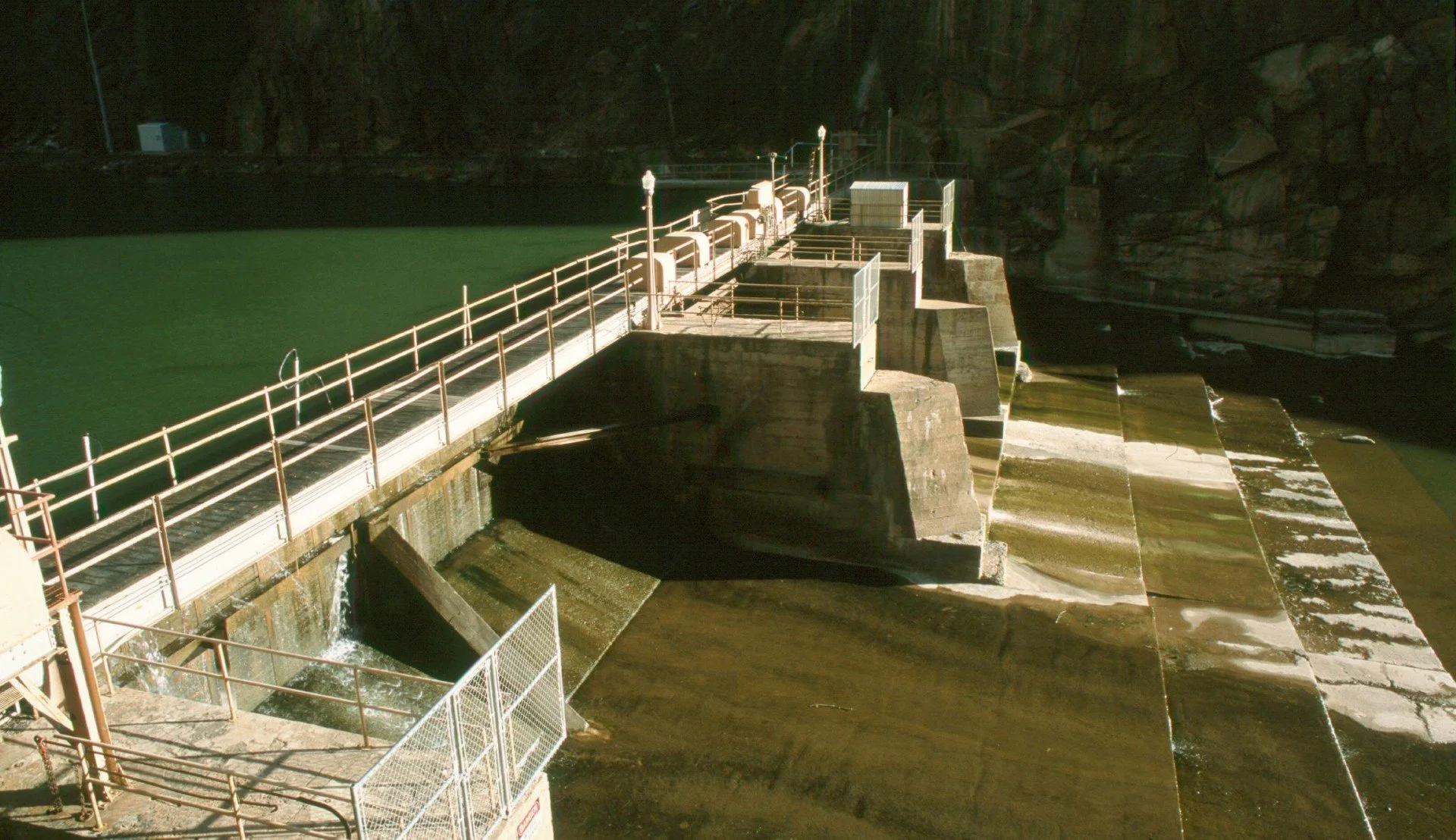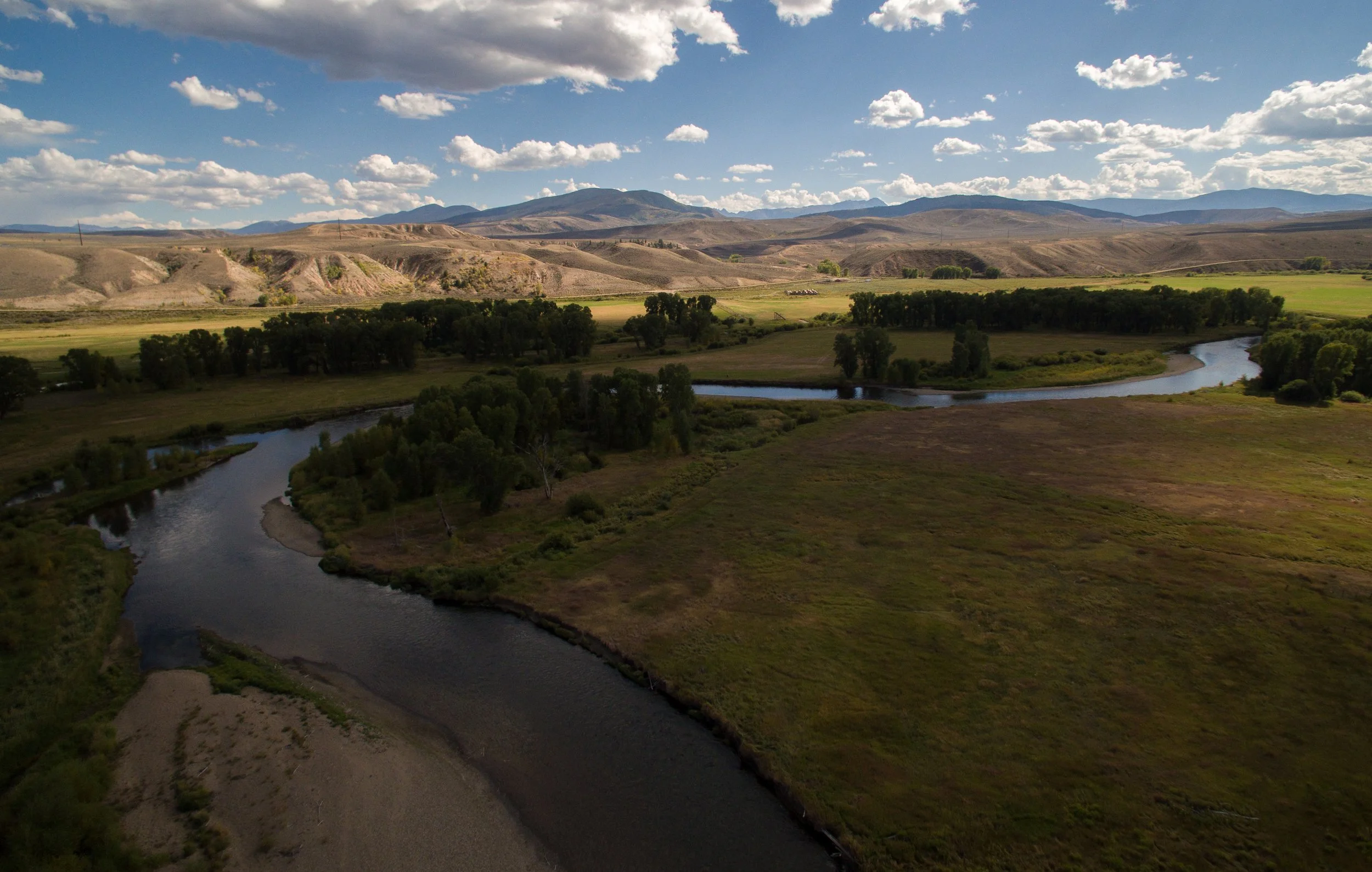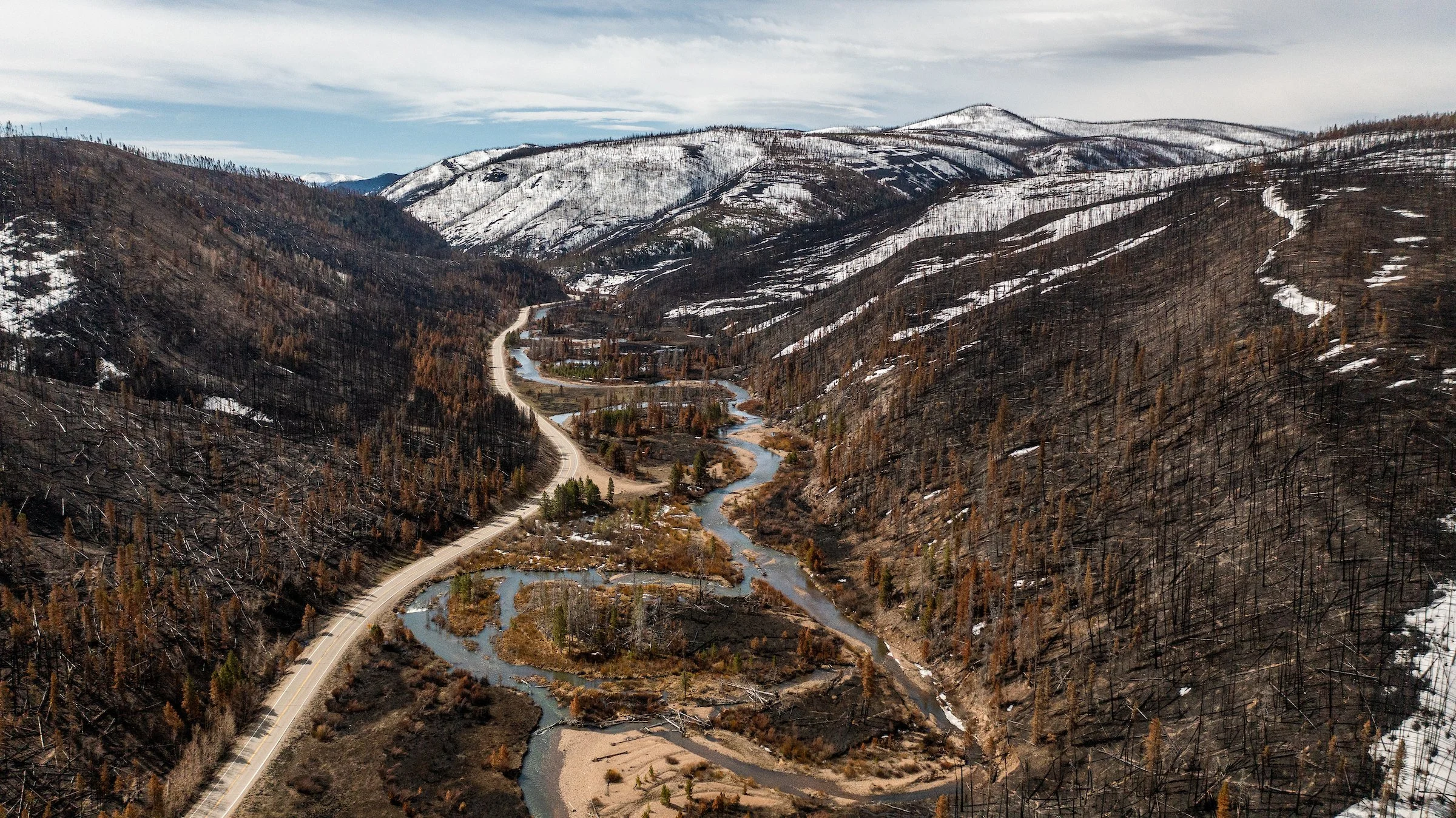The Denver Post - NOv. 17 2008
By Abrahm Lustgarten
ProPublica
In July, a hydrologist dropped a plastic sampling pipe 300 feet down a water well in rural Sublette County, Wyo., and pulled up a load of brown, oily water with a foul smell. Tests showed it contained benzene, a chemical believed to cause aplastic anemia and leukemia, in a concentration 1,500 times the level safe for people....
... many of its 6,000 wells have undergone a process pioneered by Halliburton called hydraulic fracturing, which shoots vast amounts of water, sand and chemicals several miles underground to break apart rock and release the gas.
The process has been considered safe since a 2004 study by the Environmental Protection Agency found that it posed no risk to drinking water. After that study, Congress even exempted hydraulic fracturing from the Safe Drinking Water Act. Today, fracturing is used in nine of every 10 natural-gas wells in the United States.
http://www.denverpost.com/breakingnews/ci_11001835
Visit: ProPublica.org's website for much more on the water safety story, including a slide show explanation of the hydraulic fracturing process in Wyoming, extensive documents, and links for more information..







